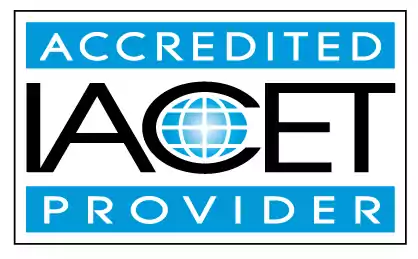Describe ways to analyze classrooms for an anti-bias approach.
Learn how to analyze classrooms for an anti-bias approach and discover effective strategies to address challenging behaviors. Ideal for early childhood education and child care centers.Trainings incorporating this outcome
CDA Subject Areas
Proficiency Level
Topic Areas
120 hours courses
45 hours courses
40 hours courses
30 hours courses
3 hours courses
Related Outcomes
- Describe the various ways teachers can address challenging behaviors in the classroom.
- Recognize ways to incorporate learning activities in the classroom that would normalize breastfeeding and additional resources for a childcare program.
- Describe the benefits of an outdoor classroom.
- Describe a classroom management plan that promotes positive reinforcement and clear expectations for the school-age setting
- Describe strategies to encourage positive behaviors in the classroom.
- Describe the meaning of positive discipline in the classroom.
- Describe the stages of grief and the different ways children react to grief and stress.
- Describe an environment through video observation of a 3, 4, and/or 5 year classroom
- Recognize the importance of demonstrating respect for the diversity of all children and youth and families’ culture, language, and religion in all interactions (anti-bias and cultural responsiveness techniques).
- List examples ways to incorporate inclusion and equity in the classroom
- Describe the benefits of an outdoor classroom.
- Describe positive discipline strategies to use in the classroom.
- Describe the process of creating and communicating rules within the classroom.
- Recognize ways to incorporate learning activities in the classroom that would normalize breastfeeding.
- Describe a classroom management plan that promotes positive reinforcement, clear expectations, and consistent implementation.
- Define active play in the early childhood classroom and describe its benefits for young children.
- Describe ways that coaches and mentors can observe and assess coachees and mentees.
- Teachers will demonstrate a variety of ways for families to be represented in their classrooms when they are not physically present.
- Describe approaches to coaching.
- Define differentiated instruction in early childhood education and describe how it may look in the classroom.
Related Articles
- The Gross (Motor) Truth: 10 Gross Motor Games for Active Classroom Fun
- From Workshop to Classroom: How a CDA Credential Shapes the Future of Early Childhood Educators
- Nature’s Classroom: Why Fall Is the Best Season for Sensory Learning Outdoors
- Montessori Mistletoe: How to Create a Holiday-Themed Classroom Using Montessori Principles
- Mirror Mirror on the Wall: Whimsical Ways to Prevent Bullying Tendencies in Kids, Inspired by Fairy Tales
- DIY Glitter Slime for your classroom!
- National Waffle Day: Delicious Classroom Projects, Healthy Recipes and Snack Ideas
- Exploring the Cognitive Benefits of Movement in Early Childhood Classrooms
- World Kindness Day: Inspiring Activities to Promote Compassion and Kindness in the Classroom
- Crayons, Chopsticks, and Cheerios: Surprising Ways to Boost Fine Motor Skills in Kids
- Ensuring Classroom Safety: The "1, 2, 3, Eyes on Me" Tool
- Effective and Engaging Classroom and Home Daycare Room Arrangements
- Staying positive in the classroom
- How to be inclusive in the classroom!
- Jingle All the Way to Emotional Regulation: Teaching Kids to Manage Holiday Stress
- How to Create an Engaging Classroom
- The power of Imagination: How to add it to your classroom
- How to Create and Implement a Visual Schedule for Your Preschool Classroom
- Little Zen Masters: Ways to Incorporate Mindfulness into Play to Help Navigate Emotions
- Effective Classroom Management Strategies for Preschool Teachers
 12 CEUs
12 CEUs